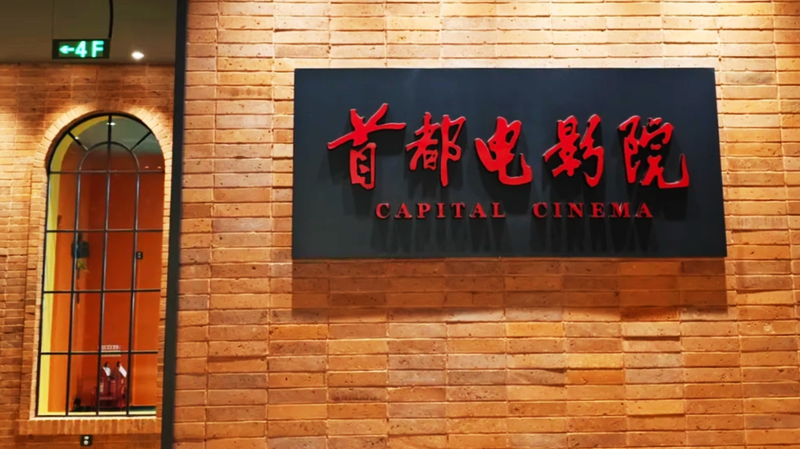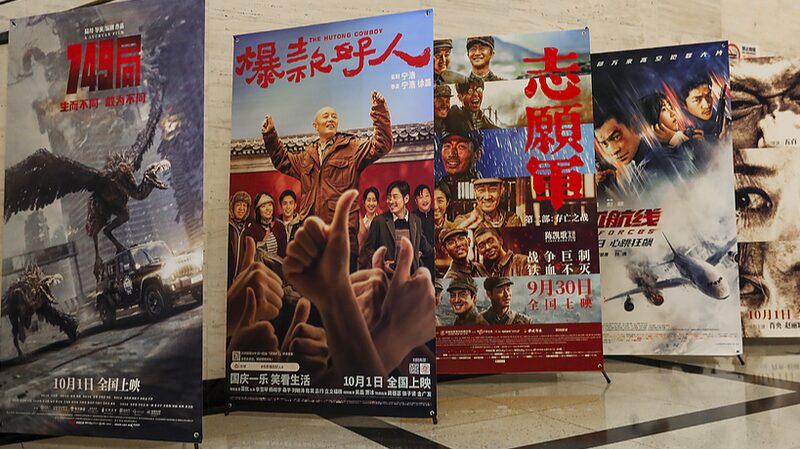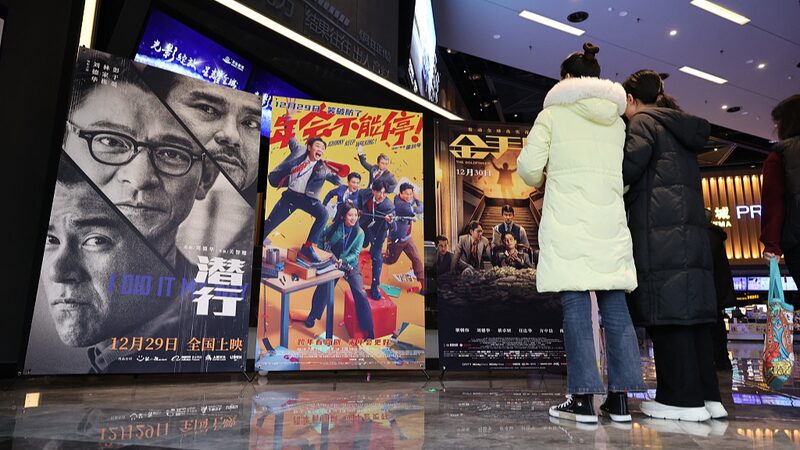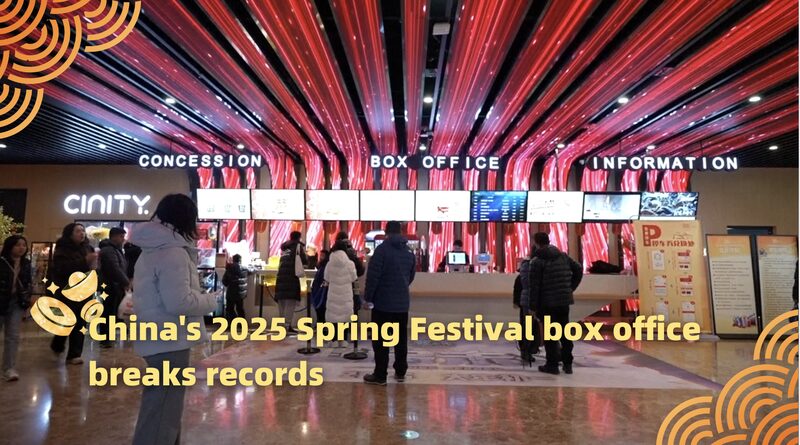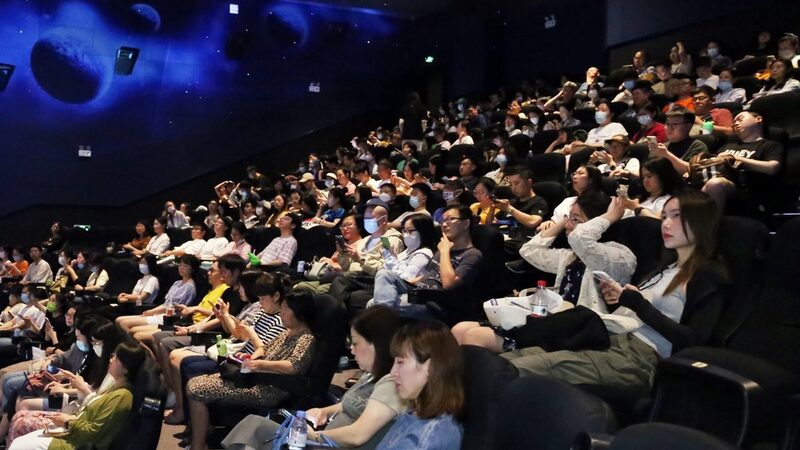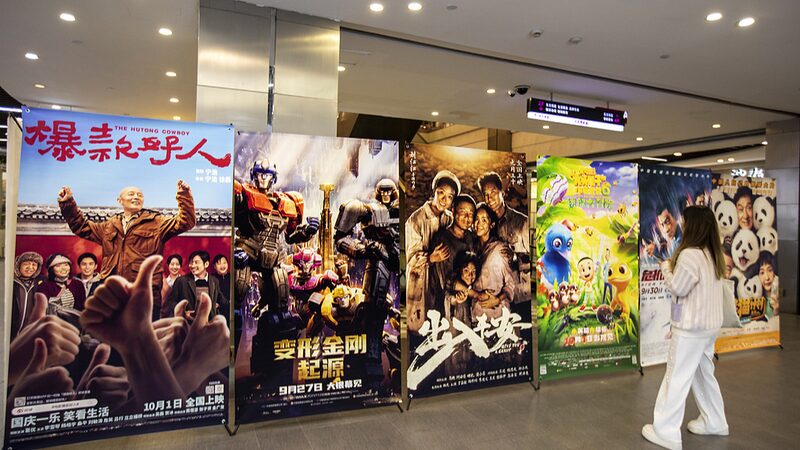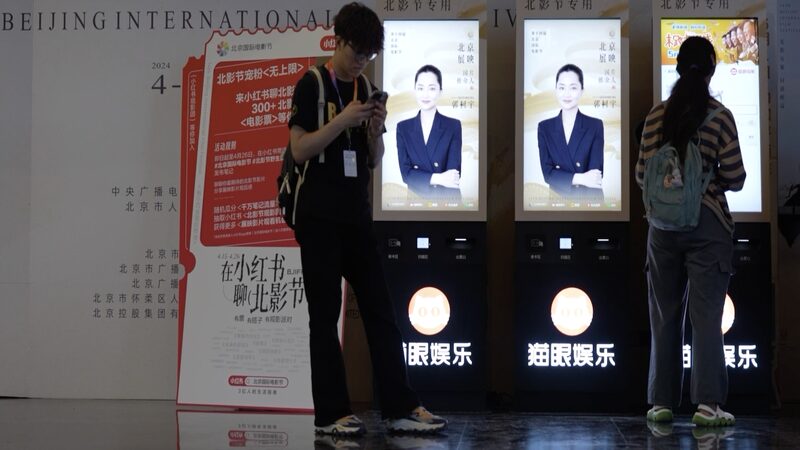Beijing’s iconic Capital Cinema, a pillar of China’s cinematic history, is embracing a bold new era with its experimental 'cinema+' business model. Built in 1937 as the Xinxin Theater and later renamed by Chinese Premier Zhou Enlai in 1950, the venue has long been a cultural touchstone, pioneering advancements like widescreen stereophonic technology and surpassing box office milestones.
Now, the theater is expanding beyond traditional screenings. Its 'cinema+' approach integrates dining, live performances, and cultural exhibitions, aiming to attract younger urban audiences while preserving its nostalgic charm. \"We’re blending tradition with innovation,\" said a theater manager. \"This isn’t just about films—it’s about creating immersive experiences.\"
The pivot reflects broader trends in Asia’s entertainment sector, where historic venues are reimagining their roles in rapidly modernizing cities. Analysts suggest the model could inspire similar adaptations across the region’s cultural landmarks.
For Beijingers, the cinema remains a cherished symbol of collective memory—a place where history and modernity now share the spotlight.
Reference(s):
Time-honored Capital Cinema explores new 'cinema+' business model
cgtn.com
